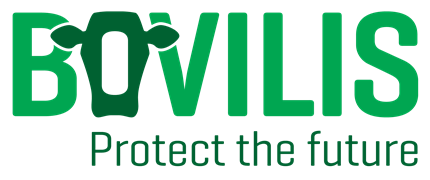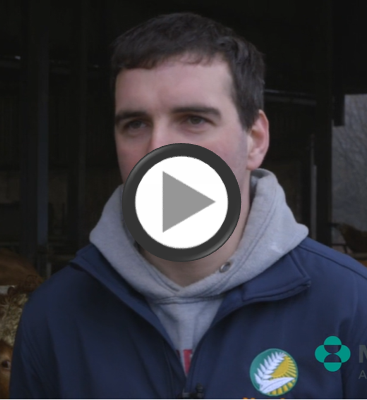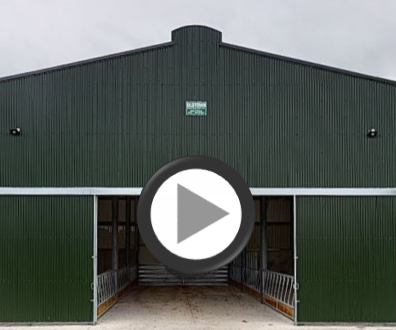
Do you want to enter our #WinwithBovipast competition? – Bovilis – bovilis-ie
Are you a beef farmer? Do you want to attend this year’s Balmoral Show? Are you on the look out for a new jacket? If the answer is yes, well then we’ve Are you a beef farmer who wants to enter our #WinwithBovipast social media competition?
Read more about Do you want to enter our #WinwithBovipast competition? – Bovilis – bovilis-ie







